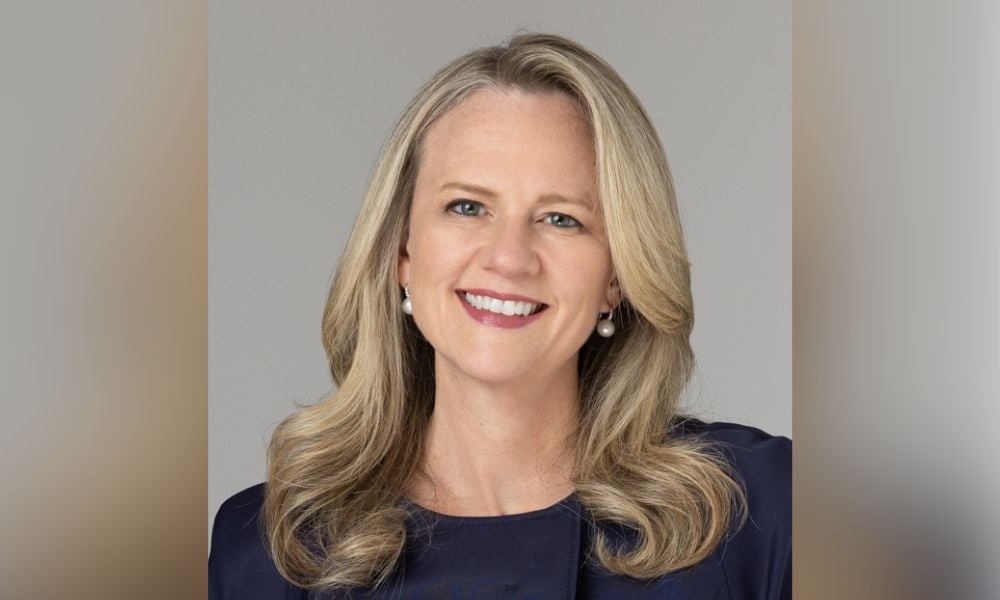Scepticism on Albanese's home guarantee scheme shake-up escalates

It was inevitable that housing availability was going to play a major role in this federal election.
Younger first-home buyers continue to face substantial difficulties in achieving their dreams of home ownership.
When the average price of a new home in a capital city is close to 13 times the average yearly salary, it’s not hard to understand why housing affordability was the key election priority in a recent Mortgage Choice poll.
Australia’s two major political parties have thus gone to great lengths to convince the voting public that they have the best plan for aspirational FHBs.
The policies emerging from both camps have been manifold. Coalition challenger Peter Dutton wants to see migration caps, mortgage interest tax deductions, superannuation access for home deposits and a cut the the serviceability buffer.
Labor Prime Minister Anthony Albanese, who is gunning for a second term on Saturday, has proposed supply-side policies like the national housing accord and a $10 billion housing fund.
But it is Labor’s plans to shake up the home guarantee scheme (HGS) that has turned the most heads.
What has Labor proposed?
The first home guarantee is an existing government initiative that lets eligible FHBs purchase a property with a deposit as low as 5%, without the need to pay lenders mortgage insurance (LMI). The FHB stumps up just 5% and the government guarantees the 15% remainder.
The cornerstone of the proposed changes is the removal of the current $125,000 income cap, meaning essentially anyone will have access to the scheme. The scheme will be open to an unlimited number of applicants instead of the current 35,000 annual cap.
Property price limits will also be overhauled to reflect average prices in capital cities and regional areas. This will have the biggest effect in Sydney, where the property price cap will go from $900,000 to $1.5 million. In high-growth Brisbane, the cap will increase from $700,000 to $1 million.
Under the proposed changes, any two people will be eligible to apply together. This extends beyond married or de facto couples to include friends or family members.
Permanent residents will also be eligible, rather than the scheme being restricted to Australian citizens.
The definition of first-home buyer will be updated. People who have not owned a home in the past 10 years will qualify again.
If elected back into power, Labor has promised to roll the changes out on 1 January 2026.
Writing cheques that can’t be cashed
Labor’s plans to overhaul the first home guarantee are undoubtedly generous, but is it all too good to be true?
Perhaps, according to Helia chief executive Pauline Blight-Johnston (pictured above), who shared her thoughts on Labor’s plans with MPA.
Blight-Johnson believes removing or relaxing income caps will provide a “free kick to those who could already afford to enter the housing market thereby further increasing demand side pressure and driving up house prices even further.”
“Under the proposals the first home guarantee would be available to all Australians, including those who might be very well off, or have access to family wealth to easily fund a 20% and spend their money on other things instead,” she said. “It does not seem reasonable to put the Australian taxpayer at risk to support these individuals.”
Blight-Johnston believes government initiatives should be reserved for who needs them most. “We will have the biggest impact on home ownership in Australia if those who are able to access private sector solutions do so, and government policies are targeted to those who are unable to achieve home ownership without government support.”
While Helia, as an insurance provider, has LMI to sell, Blight-Johnston is not alone in warning that Labor’s policies will drive house prices up.
In fact, both major parties’ policies have come under fire by economists for being inflationary, particularly if sufficient housing stock is not being built to meet demand.
Labor’s own house building targets have fallen wildly short of the mark. Camp Dutton, meanwhile, has not announced a single major pro-build policy during his campaign.
Scepticism aplenty
More voices in the mortgage broking industry have voiced criticisms of both Labor’s and the Coalition’s approach to housing affordability.
Gerald Foley (pictured, below), managing director of aggregator nMB, told MPA: “I haven’t seen enough to be confident that the housing supply problem is being addressed by either party. Australia is struggling to keep up with the needs of an increasing population and has historically underinvested in housing.”

Foley continued: “There appears to be a growing shortage of both materials and labour which is not a quick fix scenario and it requires direct interventionist policies to turn this around.
“The delays caused by the slow planning and regulatory processes do nothing to assist new developments and increase the holding costs to developers, which are ultimately passed through to the buyer.
“The promises announced through the election may have benefit, but I do get concerned that some of these could actually drive prices up, not improve affordability.”
Mark Haron (pictured below), executive director of aggregator Connective, worries that too much focus has been on short-term measures “rather than tackling the broader economic environment that continues to put households under financial strain.”

“Aussies deserve policies that support a sustainable lending environment and protect consumer choice,” said Haron. “Brokers play a critical role in helping their clients navigate these challenges, and is why we have long been advocating for them through our involvement in key industry discussions and regulatory consultations.
“When brokers are supported, borrowers benefit with better access to finance, greater flexibility and more competitive outcomes in a market that continues to tighten.”



